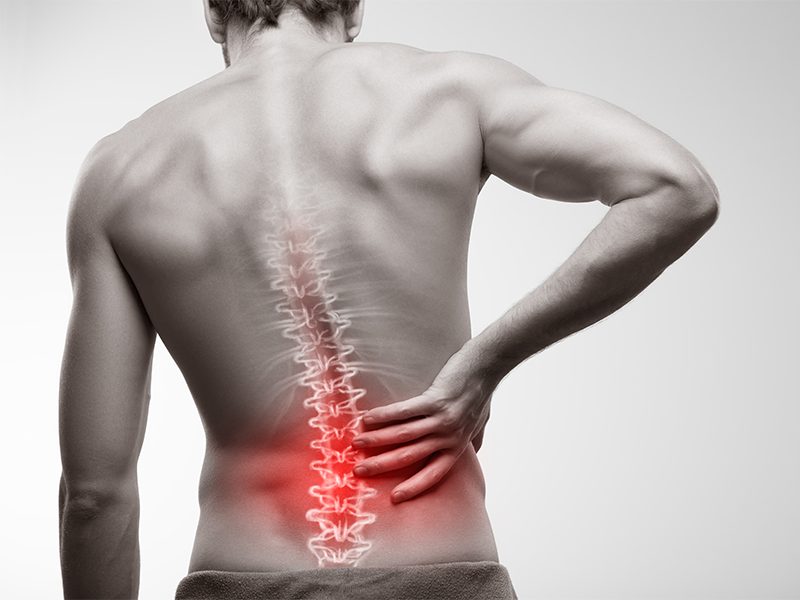The echocardiogram, a diagnostic tool that provides valuable insights into heart function, has long been integral to modern cardiology. Over the years, advancements in medical technology have expanded the capabilities of this tool. Today, it stands at the forefront of innovation, with exciting developments poised to enhance its use. This article examines the purpose of echocardiograms, the evolution of the technology, and the potential role of artificial intelligence (AI) in enhancing accuracy.
What Is an Echocardiogram Used For?
An echocardiogram, often referred to as an “echo,” is a type of ultrasound used to examine the heart. Leveraging sound waves, it creates detailed images of the heart’s structure and function, allowing cardiologists to assess its health.
Echocardiograms are typically used to:
- Diagnose potential heart conditions such as murmurs, heart failure, and valve issues
- Monitor the effectiveness of ongoing treatments for heart-related conditions
- Evaluate symptoms like chest pain or shortness of breath
- Guide surgical decisions by providing precise visualizations of the heart
With the ability to offer real-time, non-invasive imaging, echocardiograms play a pivotal role in diagnosing and managing heart health across diverse patient groups.
How Has the Technology Evolved?
Since its inception, echocardiogram technology has made remarkable strides. Early versions offered basic two-dimensional imaging. While revolutionary at the time, it was limited in its ability to fully capture the heart’s dynamics. Fast-forward to today, and the advancements are impressive:
- 3D and 4D imaging technology now enables cardiologists to capture detailed, real-time images of the heart in motion, providing clearer insights into its function.
- Portable echocardiography devices bring diagnostics out of hospitals, enabling doctors to perform examinations in outpatient settings and even remote locations.
- Continuous monitoring solutions track heart function over time, aiding both diagnosis and follow-up care.
These innovations have enhanced precision and accessibility, making echocardiograms an invaluable tool for both early detection and long-term disease management.
Can AI Improve Echo Accuracy?
Artificial intelligence (AI) is rapidly transforming echocardiographic technology, offering significant advancements in diagnostics and efficiency. By analyzing vast amounts of data at incredible speeds, AI has the potential to revolutionize the detection and management of heart conditions. One of the most notable benefits is improved diagnostic accuracy. AI-powered algorithms are proving effective in identifying subtle abnormalities that might be missed by the human eye, enabling earlier detection and treatment of cardiovascular issues.
AI streamlines time-consuming processes, such as measuring heart chamber sizes and ejection fractions. By automating these repetitive tasks, cardiologists can save valuable time and focus on more complex aspects of patient care. AI is also enhancing training opportunities for clinicians. Machine learning models can serve as powerful educational tools, helping medical professionals refine their skills and stay informed about the latest best practices in echocardiography. While the integration of AI into this field is still evolving, its ability to improve diagnostics and optimize routine workflows holds great promise for both clinicians and patients alike.
Discuss Concerns with a Cardiology Specialist
While advancements in echocardiogram technology are exciting, it’s natural to have questions or concerns about how they may apply to your specific situation. From understanding how new features may impact diagnostics to exploring whether AI tools will become commonplace in routine exams, it’s always a good idea to seek guidance from a qualified professional. If you’re curious about how the latest echocardiographic innovations could benefit you or your patients, reach out to a cardiology specialist today.


